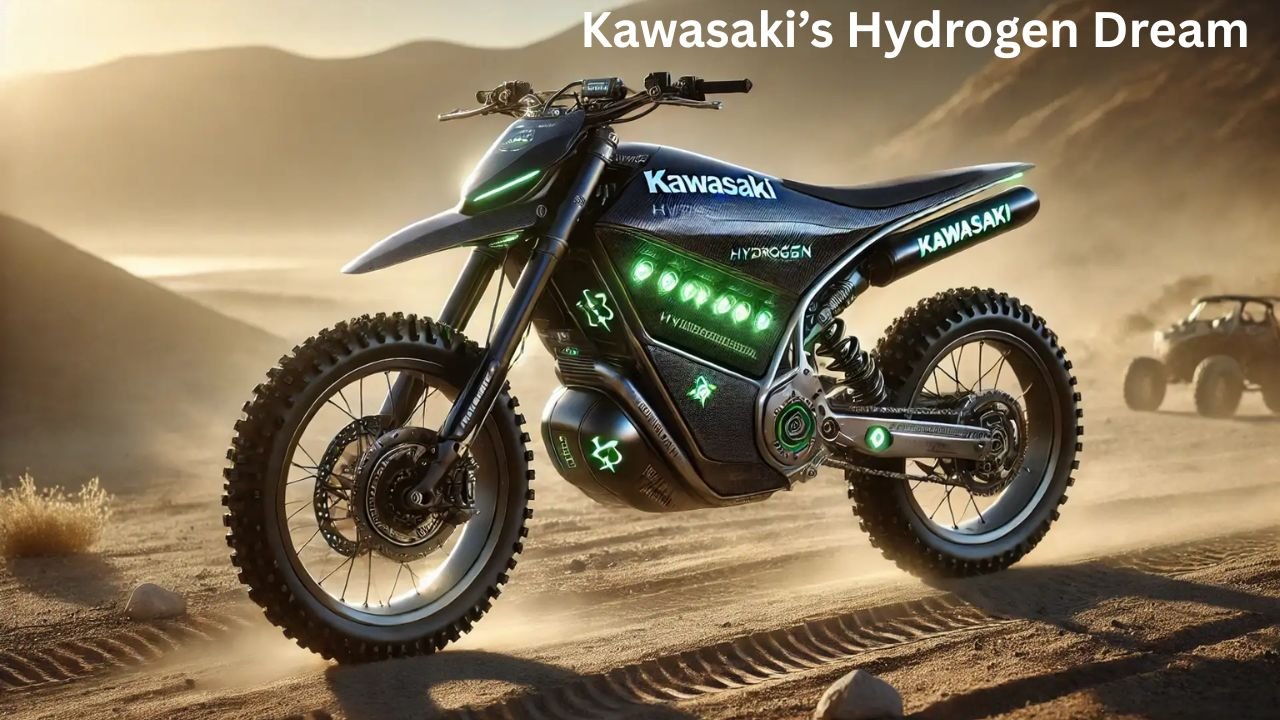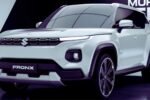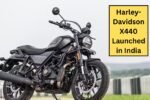Kawasaki’s foray into hydrogen-powered motorcycles has captured attention with its HySE prototype, a supercharged 998cc inline four-cylinder bike showcased at the Le Mans 24-hour race in 2024. Built on the H2 SX platform, this concept bike represents a daring step toward sustainable motorcycling, emitting only water and moist air from its exhaust. As part of the Hydrogen Small Mobility & Engine Technology Association, alongside giants like Honda and Toyota, Kawasaki aims to redefine two-wheeler technology. However, the path to a production-ready hydrogen motorcycle is fraught with challenges that could delay its arrival until the early 2030s.
Engineering a Hydrogen Revolution
The HySE prototype modifies the H2 SX’s supercharged engine to inject hydrogen directly into the cylinders, offering a responsive feel due to hydrogen’s faster combustion compared to petrol. The bike’s chassis accommodates large pannier-shaped hydrogen canisters, a necessity given hydrogen’s low density. While hydrogen is nearly three times as energy-dense as petrol, storing 4kg of it requires a theoretical 44,000 liters of space at atmospheric pressure, making compact storage a significant hurdle. High-pressure tanks solve this but add weight and complexity, raising questions about the bike’s range and practicality for everyday use.
Key Specifications and Challenges
The HySE prototype remains a test mule, not yet ready for production, with Kawasaki focusing on refining hydrogen technology. Below are the known specifications and challenges based on current developments:
|
Specification |
Details |
|---|---|
|
Engine |
998cc inline four, supercharged |
|
Fuel |
Hydrogen, stored in canisters |
|
Emissions |
Water and moist air |
|
Key Challenge |
Large storage space for hydrogen |
|
Projected Production |
Early 2030s |
The primary obstacle is the sheer volume required for hydrogen storage, which impacts the bike’s design and weight. Additionally, the lack of widespread hydrogen refueling infrastructure poses a significant barrier to adoption.
Infrastructure and Environmental Concerns
Japan’s automotive industry is investing heavily in hydrogen infrastructure, with government-backed projects aiming to make refueling practical. However, global adoption remains uncertain, as seen with the uneven rollout of electric vehicle charging networks. Producing “clean” hydrogen also presents challenges, as current methods can generate significant CO2 emissions—approximately 10kg of CO2 per 1kg of hydrogen, though still lower than the 16kg produced by two gallons of petrol for similar range. These environmental and logistical hurdles must be addressed for hydrogen bikes to compete with traditional or electric alternatives.
Rider Appeal and Market Potential
Despite its challenges, the HySE prototype has sparked excitement, particularly among enthusiasts who value innovation. Posts on X highlight enthusiasm for hydrogen internal combustion engines (ICE), noting their potential to convert existing vehicles and their safety advantage—hydrogen dissipates quickly if a tank is punctured, unlike petrol. The bike’s sleek, spaceship-like design has also drawn praise, though some question its practicality for anything beyond touring bikes due to the canister size. Kawasaki’s commitment to a polished prototype suggests confidence in its vision, but scaling this to a mass-market product remains a distant goal.
The Road Ahead
Kawasaki’s hydrogen bike is a proof-of-concept that showcases the brand’s innovative spirit, but significant hurdles remain before it can hit the roads. From engineering compact storage solutions to building a global refueling network, the challenges are as bold as the vision itself. While the HySE prototype has proven it can lap a track, its journey to becoming a viable option for riders will require years of development. As Kawasaki pushes forward, the motorcycling world watches closely, eager to see if hydrogen can power the future of two-wheeled adventure.




